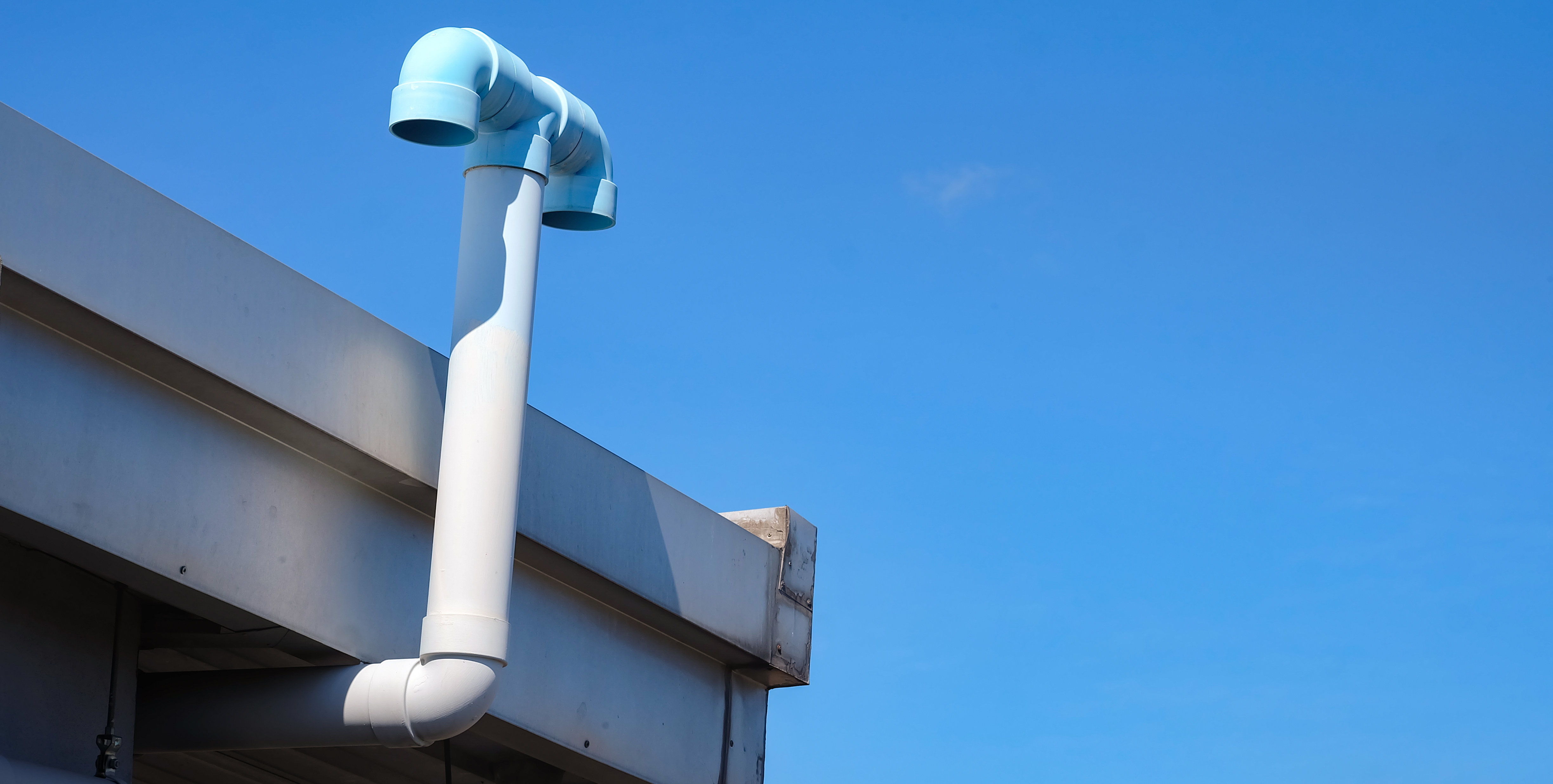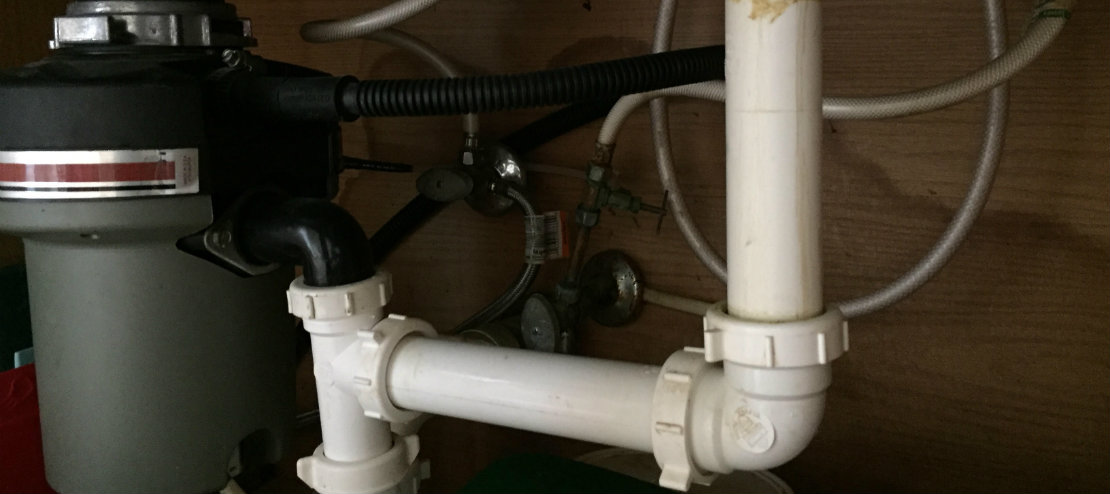Diving into Home Plumbing Basics: A Beginner's Tutorial
Diving into Home Plumbing Basics: A Beginner's Tutorial
Blog Article
We've unearthed this great article pertaining to Plumbing Basics For Every Home: The HomeTriangle Guide listed below on the net and think it made sense to talk about it with you on this page.

Plumbing is an essential aspect of any kind of home, responsible for supplying tidy water for drinking, food preparation, and showering, along with getting rid of wastewater securely. Recognizing the fundamentals of home plumbing is essential for every single property owner to make sure appropriate upkeep, troubleshooting, and, if necessary, repair work. In this novice's guide, we'll cover the essential concepts of home plumbing to assist you come to be extra accustomed to how it works.
Water System System
The supply of water system brings tidy water right into your home from a community water resource or a personal well. It contains a major water line that attaches to your home's plumbing system, normally situated underground. A water meter determines the amount of water consumed, while a shut-off shutoff allows you to manage the circulation of water right into your home.
Plumbing Fixtures
Plumbing components are tools that supply water to different parts of your home and include sinks, taps, toilets, showers, bath tubs, and appliances such as dish washers and washing machines. Each fixture is connected to the water system using pipes and installations and may have its shut-off shutoff for maintenance or emergency situations.
Water Heater
The water heating system is in charge of heating water for residential use, consisting of bathing, food preparation, and cleaning. Typical sorts of water heaters include tank-type hot water heater, tankless (on-demand) water heaters, and heatpump water heaters. The water heater is linked to the water supply system and provides hot water to plumbing fixtures as required.
Drainage System
The drain system gets rid of wastewater from your home and carries it away to a sewer treatment center or septic system. It includes a network of pipelines, installations, and fixtures that move wastewater from plumbing fixtures to the major sewer line or septic system. Proper drain is necessary to prevent blockages, backups, and sewage leakages.
Air flow System
The ventilation system assists preserve proper atmospheric pressure and prevent sewage system gases from entering your home. Vent pipelines, additionally referred to as air vent stacks, extend from plumbing components to the roof covering, enabling sewer gases to leave securely outdoors. Ventilation pipes also enable air to enter the drain system, assisting in smooth wastewater flow and stopping suction or vacuum results.
Common Plumbing Tools
Having the right devices accessible is crucial for executing basic plumbing repairs and maintenance tasks. Common plumbing tools include flexible wrenches, monkey wrench, pliers, pipe cutters, hacksaws, bettors, augers (or drain snakes), and Teflon tape. Having these tools conveniently offered can assist you deal with minor plumbing concerns successfully.
Basic Plumbing Repair Services
While some plumbing repair services might require expert help, numerous typical concerns can be addressed with fundamental DIY methods. Understanding how to deal with a leaky faucet, unclog a drain, change a toilet flapper, or fix a leaking showerhead can conserve you money and time on plumbing repairs.
Verdict
Understanding the fundamentals of home plumbing is crucial for every single house owner to keep a risk-free, useful, and effective plumbing system. By familiarizing on your own with the water supply system, plumbing fixtures, drain system, air flow system, typical plumbing devices, and fundamental repair services, you can with confidence address minor plumbing issues and ensure your home's plumbing system operates efficiently.
Plumbing for Beginners: A Comprehensive Guide
If you’re a beginner when it comes to plumbing, don’t worry; you’re not alone. Plumbing may seem intimidating, but with the right knowledge and a little practice, you can handle many common plumbing issues on your own. In this comprehensive guide, we will demystify the world of plumbing for beginners, providing you with the basic knowledge and skills needed to tackle common plumbing problems and even take on some DIY plumbing projects.
The Importance of Basic Plumbing Knowledge for Beginners:
First and foremost, basic plumbing knowledge gives you a solid foundation. It helps you grasp the key concepts and terminology that are essential in this field. By learning the basics, you’ll be able to build upon that knowledge and tackle more complex plumbing tasks in the future.
Having a basic understanding of plumbing also enables you to handle common issues that may arise in your home. Picture this: a leaky faucet or a clogged drain. With some basic plumbing knowledge, you’ll have the confidence to troubleshoot and fix these problems on your own. It saves you from unnecessary expenses and the hassle of waiting for a professional to arrive.
As a beginner, learning the basics of plumbing empowers you to take care of your own home. It gives you a sense of independence and self-reliance. You’ll no longer have to rely solely on professionals for every small issue that pops up. Instead, you can handle many tasks yourself, saving time and money in the process.
Remember, everyone starts as a beginner. Embrace the learning process and take small steps to expand your plumbing knowledge. There are plenty of online resources, tutorials, and even local workshops that talk about plumbing for beginners.
Essential Tools for Plumbing for Beginners
As you start your plumbing journey, having the right tools in your toolbox is crucial. Let’s explore some of the must-have tools:
Adjustable Wrench:
This versatile tool is a staple in any plumber’s toolbox. It allows you to tighten or loosen nuts and bolts of various sizes. Make sure to have an adjustable wrench with a comfortable grip.
Pipe Wrench:
A pipe wrench is specifically designed for gripping and turning pipes. It has serrated jaws that provide a strong grip, making it easier to loosen or tighten threaded pipes and fittings.
Plunger:
The plunger is a simple yet effective tool for clearing clogged drains and toilets. It creates suction when you push and pull, helping to dislodge blockages. Keep a good-quality plunger handy for those unexpected clogs.
Pipe Cutter:
When it comes to cutting pipes, a pipe cutter is your go-to tool. It creates clean, precise cuts without damaging the pipe. Look for a pipe cutter that can handle the pipe sizes you’re working with.
Hacksaw:
A hacksaw is useful for cutting through pipes, screws, and other materials. It’s a versatile tool that can handle different cutting tasks. Remember to use a blade suitable for cutting metal.
Tape Measure:
Accurate measurements are crucial in plumbing. A tape measure allows you to measure pipe lengths, distances, and dimensions accurately. Opt for a sturdy tape measure that extends a good length.
Pliers:
Pliers come in handy for various tasks, such as gripping, bending, and cutting. Slip-joint pliers with adjustable jaws are great for gripping pipes, nuts, and bolts.

Do you really like reading about Plumbing Basics For Every Home: The HomeTriangle Guide? Give feedback directly below. We will be glad to listen to your ideas about this post. Hoping that you visit us again later on. If you appreciated our article if you please do not forget to pass it around. Kudos for your time. Please check our site back soon.
Call Report this page